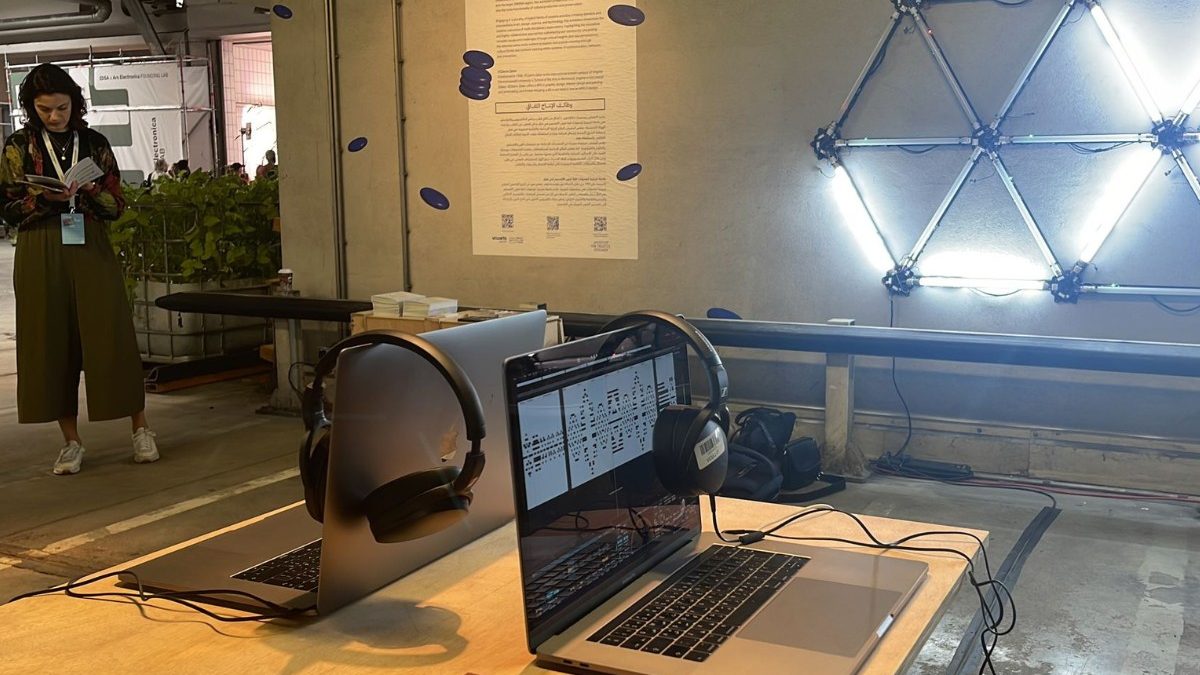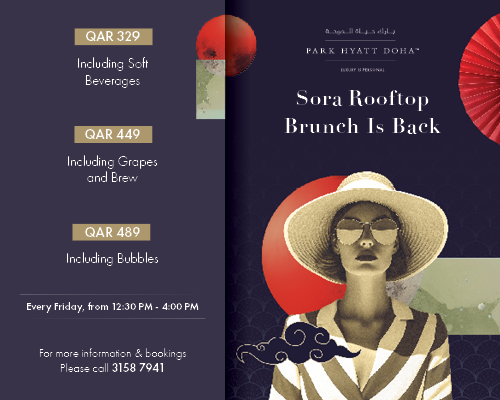VCUarts Qatar Makes its Debut at Renowned Ars Electronica Festival in Austria
The VCUarts Qatar exhibition features projects related to nanotechnology, AI, new technologies, spatial design and the Arabic language
Faculty, alumni and students from Virginia Commonwealth University School of the Arts in Qatar (VCUarts Qatar) are participating in the world-renowned Ars Electronica Festival 2023 in Linz, Austria, from 6 to 10 September 2023.
This is the first time that VCUarts Qatar, a partner university of Qatar Foundation, will be part of the festival. The university will join alongside 55 other universities from across the globe in a dedicated space titled Ars Electronica Campus Exhibition.
Ars Electronica
Since starting in 1979, Ars Electronica has been analysing and commenting on the digital revolution. The annual festival is a platform for artists, scientists, technologists, designers, developers, entrepreneurs and activists from all over the world to come together and discuss questions central to humanity, with their focus on new technologies and how they change the way people live and work together.
Additionally, visitors to the festival will experience first-hand how new technologies are changing our lives, and discover how machine learning, virtual reality, robotics or biotech can contribute to socially and ecologically sustainable progress.
Described as a ‘Festival for Art, Technology and Society’ on the festival’s website, the overall theme for Ars Electronica Festival 2023 is Who owns the truth? The theme stands metaphorically for the fact that in the search for truth, one encounters a diversity of people and consequently a diversity of opinions.
The name of VCUarts Qatar’s exhibition is ‘Meta-Functions of Cultural Production’ and features a selection of ten works produced by undergraduate and graduate students and student-faculty collaborations.
Meta-Functions of Cultural Production includes a selection of works exploring Arabic typographic forms, nanotechnology for increased functionality in textiles, generative processes translating pattern to sound, usages of artificial intelligence datasets for blind contour drawings, prototyping for responsive architecture, and visual exploration in cultural conceptions of place.
The projects created by the participating students, alumni, faculty and staff are at the intersection of art, design, culture and technology.
Unconventional installation projects
Preceding Emptiness: Alternative Arabic Typographic Technologies by Levi Hammett, Mohammad Suleiman, Hind Al Saad and Fatima Abbas is a light installation that imagines alternative typographies by constructing unconventional language display technologies. Simulated Fashion is an immersive video created by Hadeer Omar in collaboration with the Art Foundation programme’s Time Studio.
Ghayda Abduljalil’s Fast Paced Life is a mixed media audio-visual installation about mindless habits that leave temporary senses of satisfaction such as scrolling through social media, fast fashion, smoking, fast walking and fast food.
Textiles, heritage and culture are the focus of projects Nanoabaya and Stitch by Stitch.
A collaborative project between Noor Rashid Butt, Khaled Saoud and Christopher Fink, the Nanoabaya uses nanotechnology that absorbs UVB rays to improve the synthesis of Vitamin D by the skin and block the sun’s harmful rays in extreme summer climates.
Stitch by Stitch by Naima Almajdobah is designed to experience, translate and spread the rich visual culture and diversity of traditional Palestinian textile patterns using modern techniques and mediums including visual communication and sonification.
Other projects explore the rich heritage and history of the Arabic language.
Basma Hamdy, Shima Aeinehdar and Selma Fejzullaj designed Sacred Silence, an installation that explores the Arabic letter nun (ن), while Electric Calligraphy by Lana Abou Selo, Fatima Abbas and Levi Hammett is a series of Arabic typeface designs that re-examine the evolutionary path of the Arabic script within the Latin-based technological constraints, adding new perspectives to the discourse of contemporary type design.
Rays of Essence by Hind Al Saad, Sara Khalid, Joshua Rodenberg, and Fatima Abbas allows viewers to interact with projected Arabic forms.
The possibilities of spatial design and artificial intelligence emerge in Transformative Distortions and Morphing Memories. Created by Jood Elbeshti, Transformative Distortions explores the transformation of a rigid square into a fluid object through motion. Jameela Al Humaidi’s Morphing Memories, meanwhile, is a generative artwork that harnesses the power of artificial intelligence to explore fusing blind-contour art to create an abstract and dynamic image.
To learn more about the Ars Electronica Festival, visit ars.electronica.art.
Check out Marhaba’s FREE e-Guides for everything you need to know about Qatar.











